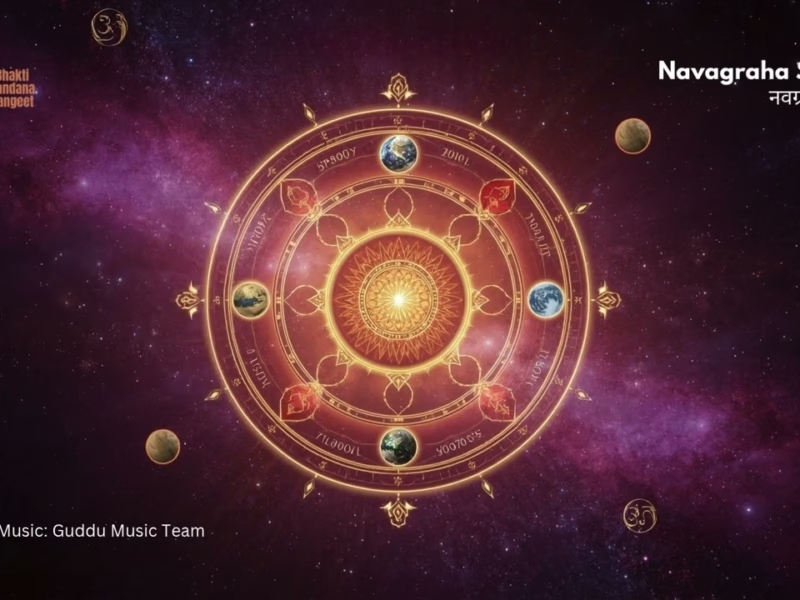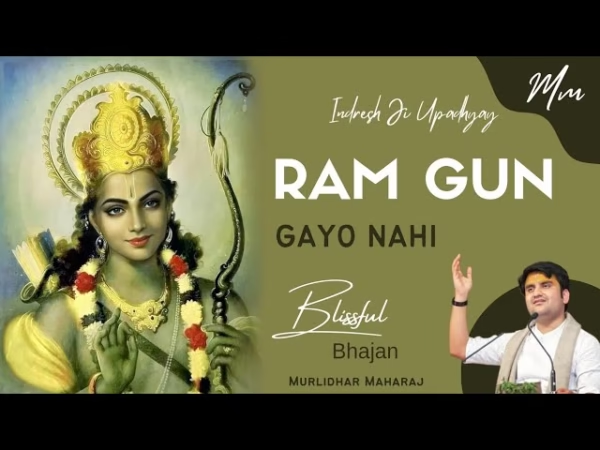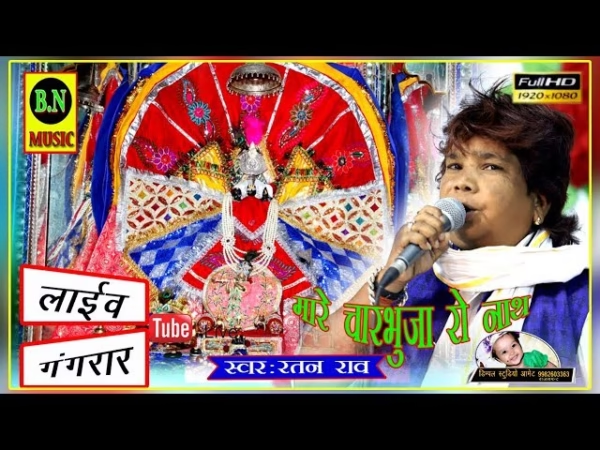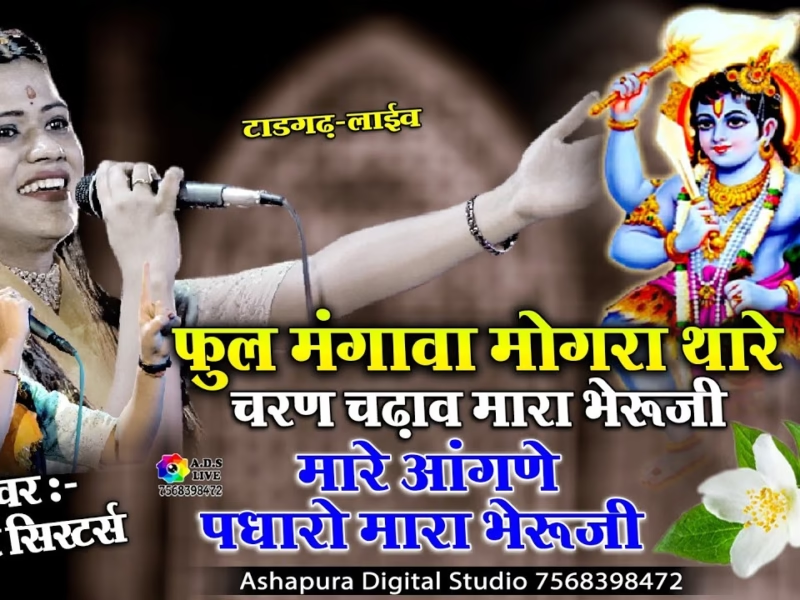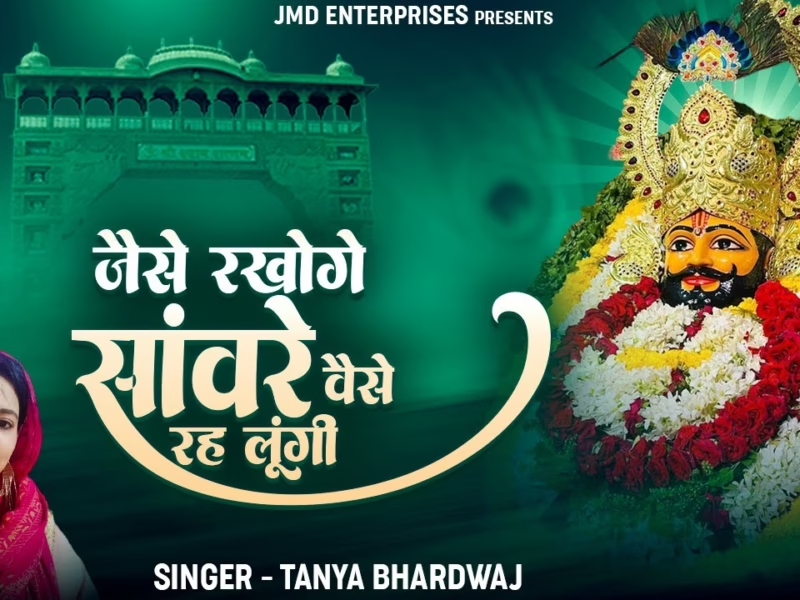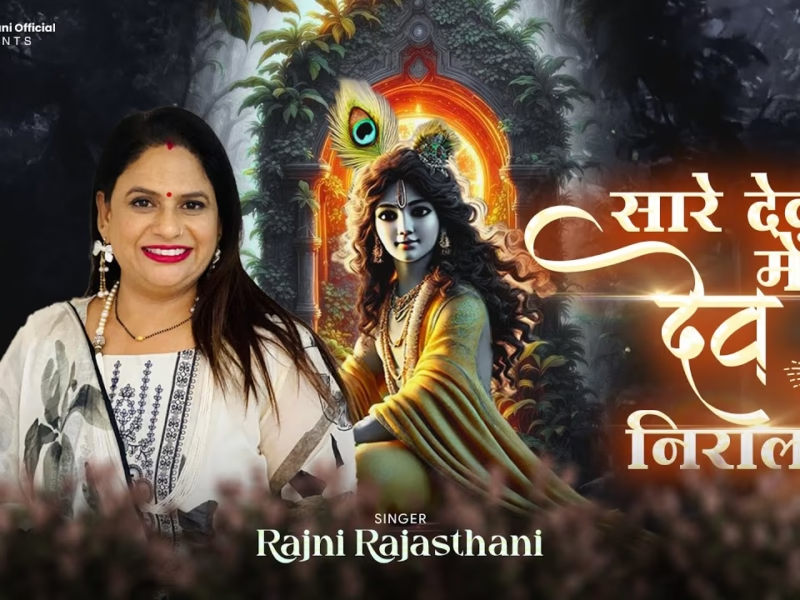Contents
Subarnesvara Siva Temple, Bhubaneswar, Odisha
| Date built: | 10th century AD. (Somavamsi rule) |
|---|---|
| Deity: | – |
| Architectural style: | Kalingan Style (Kalinga Architecture) |
| Major festivals | – |
| Locale: | – |
| District:: | Bhubaneswar |
| Address: | – |
| Phone | – |
The temple is so named because of its association with the goldsmiths in close vicinity. Architectural features and scheme of decoration including the building materials bears strong resemblance with the 10th century temples of Bhubaneswar.
Architecture
The temple stands over a low pista measuring 6.90 metres in length, 6.30 metres in width and 0.23 metres in height. On plan, the temple is pancharatha with a square vimana and a frontal porch extending towards east. The vimana measures 5.45 square metres and the frontal porch 0.50 metres. On elevation, the temple is in rekha order measuring 11.58 metres in height from khura to kalasa with usual bada, gandi and mastaka. The bada measuring 3.48 metres in height has five vertical divisions namely pabhaga with four mouldings (0.92 metres), talajangha (0.86 metres), bandhana of single moulding (0.20 metres), upara jangha (0.75 metres) and the baranda with four mouldings (0.75 metres). The gandi above the baranda measuring 6.10 metres in height is distinguished by a central raha and a pair of anuratha and kanika pagas on either side of the raha, which is a curvilinear spire, and devoid of ornamentation. The mastaka as usual in Orissan temples has components like beki, amlaka, khapuri and kalasa that measures 2.00 metres in height.
Raha niche & Parsva devatas
The parsvadevata niches located on the raha paga of the talajangha on three sides of north, west and south measures 1.00 metres in height, 0.53 metres in width and 0.38 metres in depth are empty and devoid of ornamentation
Decorative features
The base of the gandi is decorated with a series of miniature rekha deul as angasikharas on the pagas arranged in descending order from raha to the kanika paga. The baranda moudings above the raha niche are relieved by chaitya motifs. Both the upara and tala jangha are decorated with a series of pilaster motifs in relief udyota simha finds place on the raha paga of the eastern wall doorjamb, except the dvarapala niches at the base the doorjamb are of recent additions made of plain sand stones. The doorjambs measure 2.20 metres in height and 1.60 metres in width. The dvarapala niches house Saivite dvarapalas holding trident in their left hand along with river goddess standing on their respective mounts. Yamuna in the right niche is provided with a parasol held by a diminutive female attendant. While the niches are crowned by stylized chaitya motifs at the top, beneath are figures of gaja kranta Lintel- The architrave above the doorjambs measuring 1.80 metres. is carved with navagrahas, each housed in a niche. They are all seated in padmasana except Rahu and Ketu. The grahas are flanked by two atlantid ganas on both ends of the architrave.
Legend / Local stories
Photo Gallery
How to Reach:
Contact Details
Official Address


